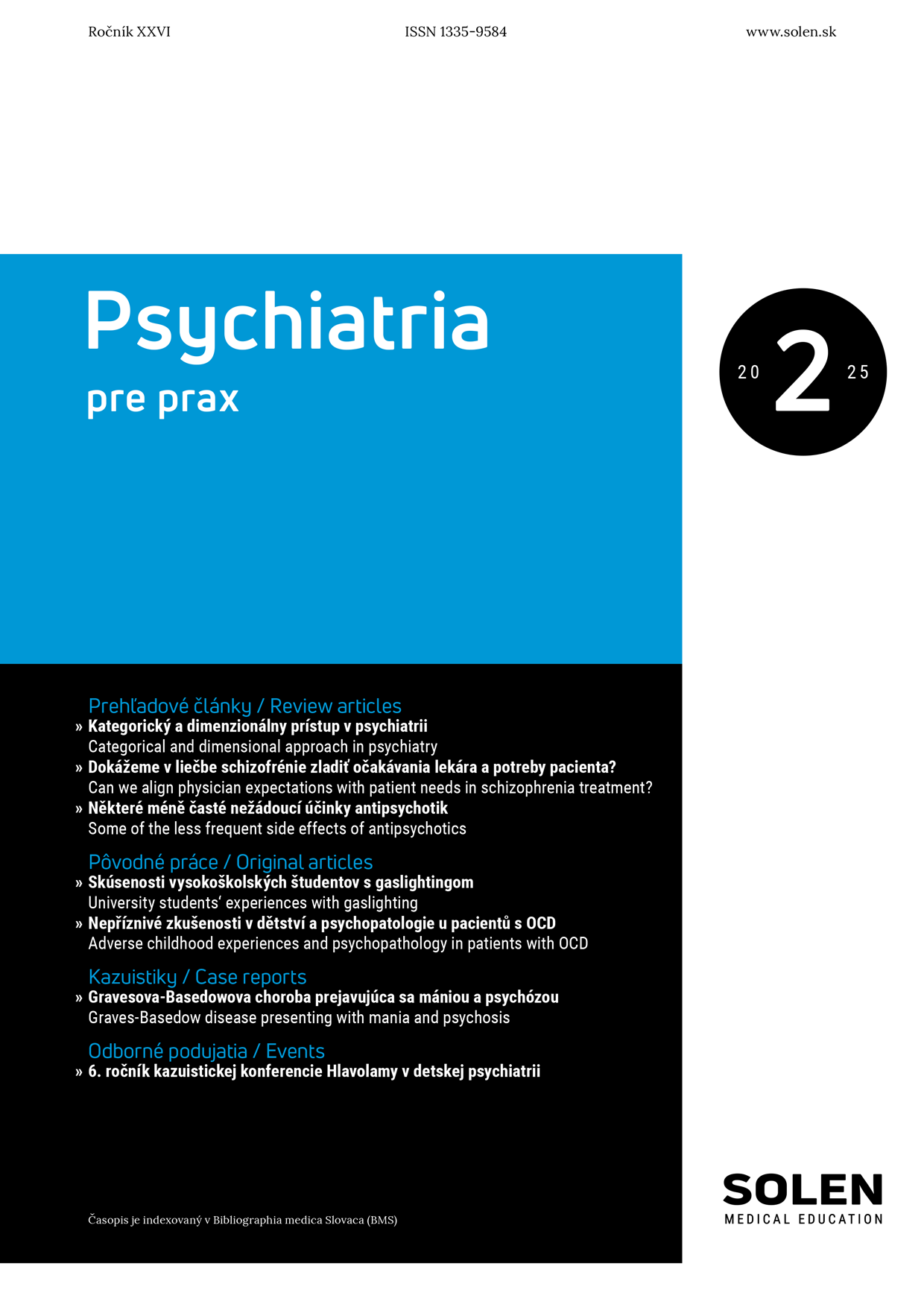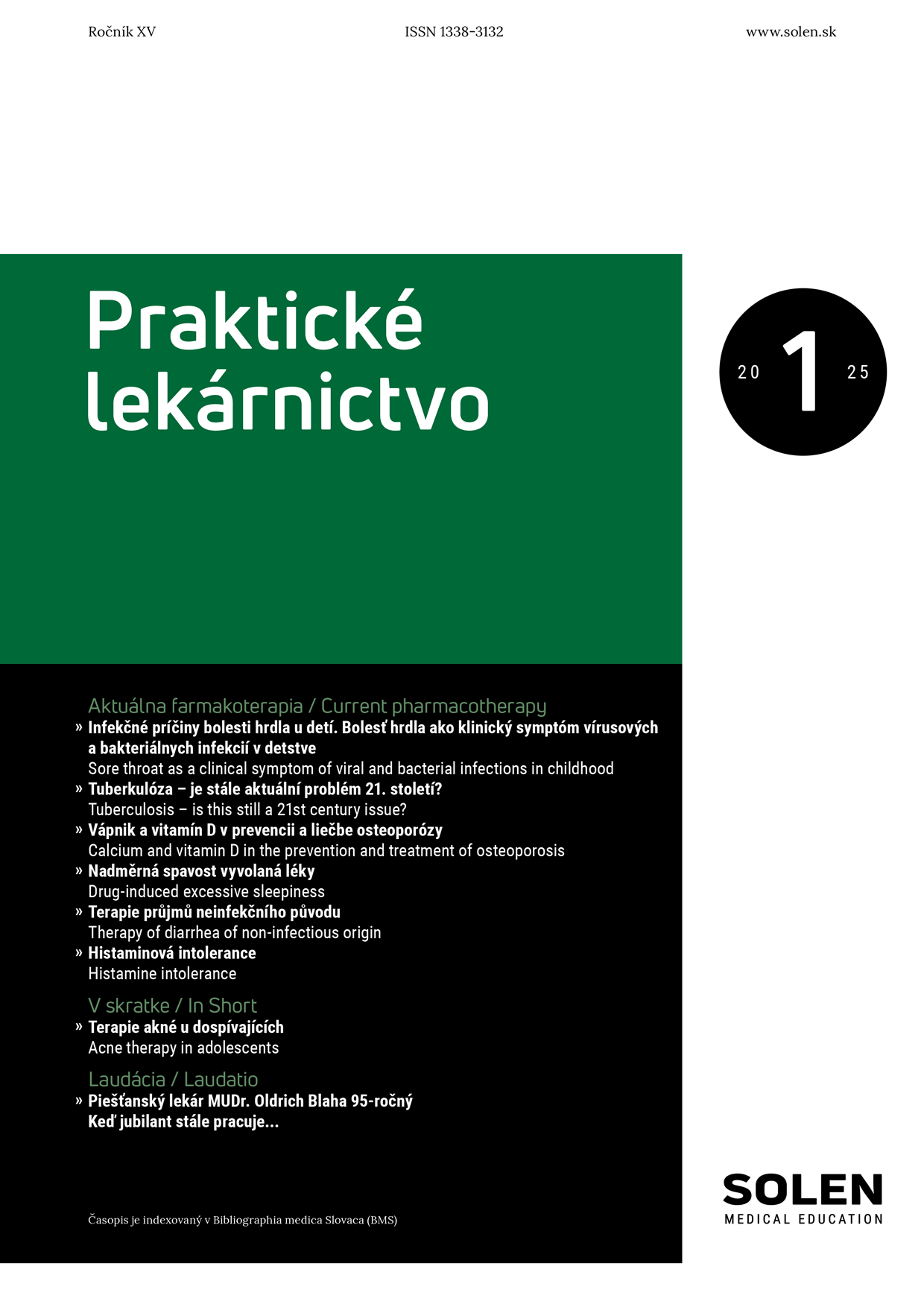Pediatria pre prax 5/2012
Klinické charakteristiky a liečba osteomyelitídy u detí
prof. MUDr. Ľudmila Podracká, CSc., MUDr. Jaroslav Čižmár
Osteomyelitída je invazívna bakteriálna infekcia vyžadujúca prolongovanú antibiotickú liečbu. Z klinického hľadiska rozlišujeme akút-nu, subakútnu a chronickú osteomyelitídu. Vyvolávajúca baktéria sa dostáva do kosti zvyčajne hematogénnou cestou, najčastejším patogénom je Staphylococcus aureus. Prognóza akútnej osteomyelitídy je zvyčajne dobrá, môže ju determinovať aj rýchlosť diagnostiky a včasné nasadenie adekvátnej antibiotickej liečby. Autori analyzujú v retrospektívnej štúdii súbor 13 detí s osteomyelitídou a uvádzajú klinické charakteristiky a výsledky liečby.
Kľúčové slová: akútna osteomyelitída, retrospektívna štúdia, deti, diagnostika osteomyelitidy, subperiostálny absces, Staphylococcus aureus, antibiotická liečba osteomyelitidy.
Clinical characteristics and the treatment of osteomyelitis in children
Osteomyelitis is an invasive bacterial infection requiring a prolonged antibiotic therapy. From clinical point of view acute, subacute and chronic osteomyelitis are recognized. Most cases of osteomyelitis in children arise hematogenously, Staphylococcus aureus is the most common causative bacteria of paediatric osteoarticular infection. Prognosis of acute osteomyelitis is usually good and might be determined by prompt diagnosis and timeliness of the appropriate antibiotic treatment. In retrospective study the cohort of 13 children with osteomyelitis is analyzed including clinical characteristics and the results of the treatment.
Keywords: acute osteomyelitis, retrospective study, children, diagnosis of osteomyelitis, subperiosteal abcess, Staphylococcus aureus, antibiotic treatment of osteomyelitis.


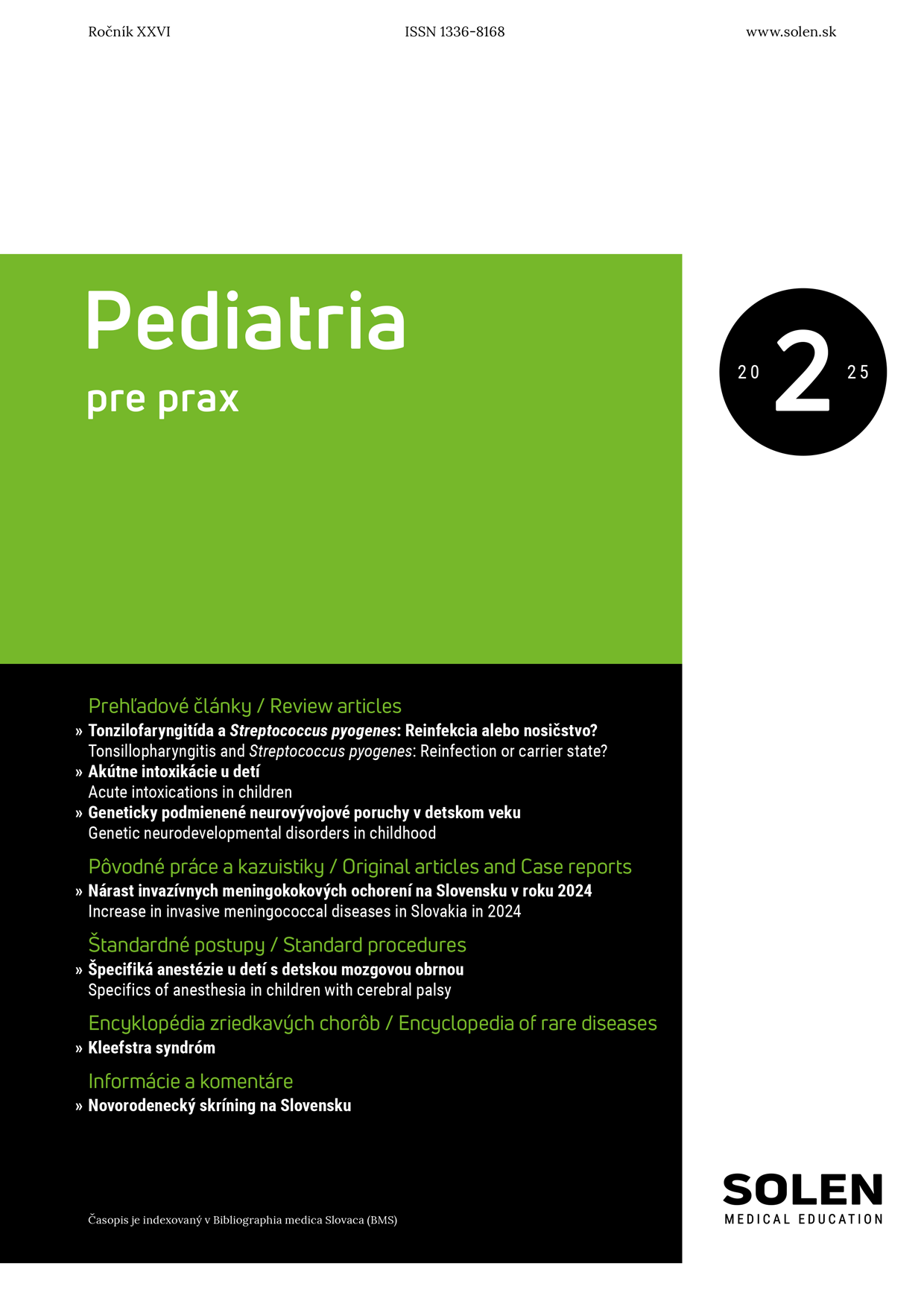
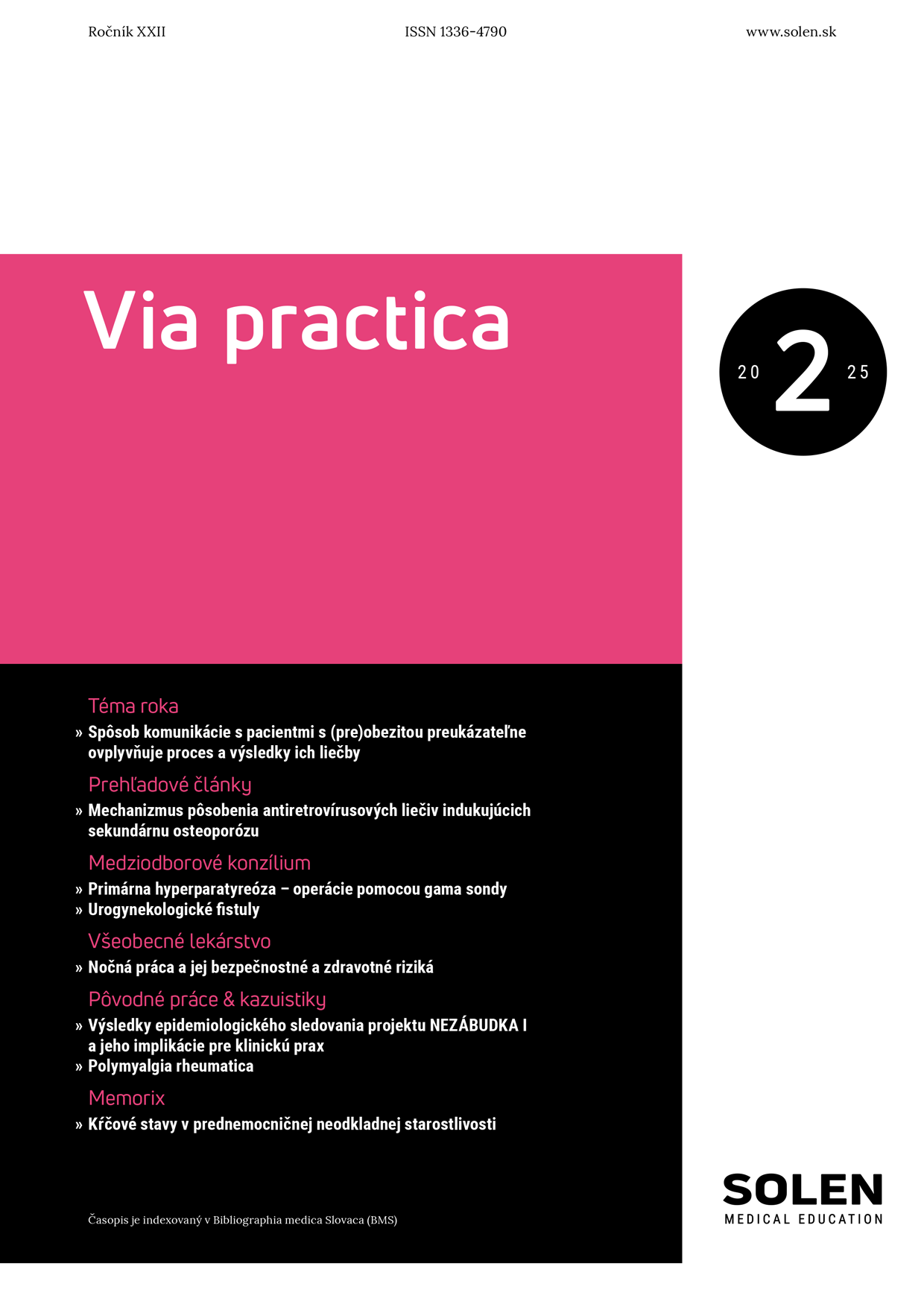
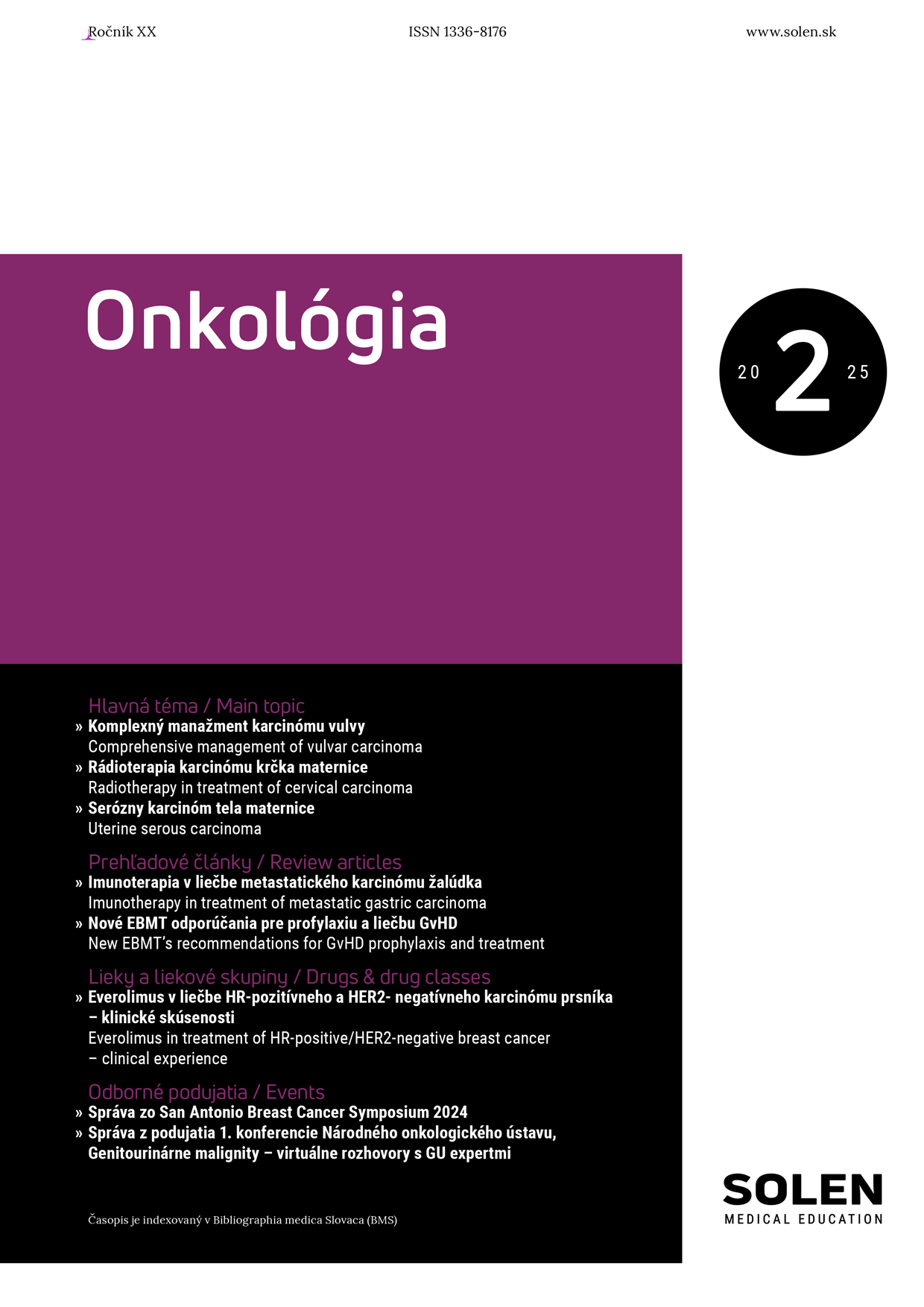
-1.png)
